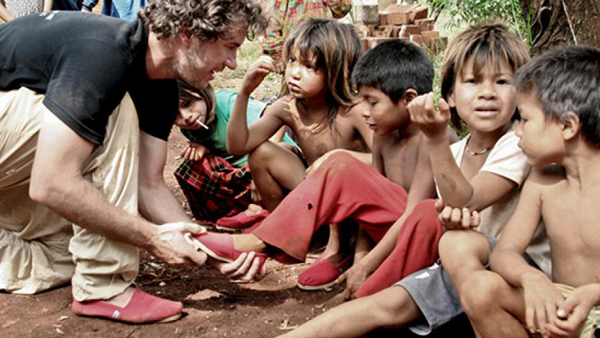
At the Clinton Global Initiative (CGI) Annual Meeting last month, one of the inspiring announcements came from TOMS founder, Blake Mycoskie, in stating that starting in January 2014, they would be manufacturing shoes and hiring local people in Haiti—one of several countries that TOMS supports with its buy a pair give a pair to a child in need.
The philanthropic model has been embraced by a new youth culture that also believes in brands that support various causes. As seen in our Fall Youth Culture Study 2013, TOMS continues to be a popular footwear brand on the radar of 13-25-year-olds across the United States. TOMS is one example of a brand that taps into the new ways of thinking of this marketplace when it comes to issues of sustainability and profit (see also our Sustainability and the State of the Future Youth Culture Study).
“TOMS is extremely proud and excited to make this commitment, and we would not be in this position if it wasn’t for President Clinton’s ongoing leadership and inspiration,” said Mycoskie. “Three years ago at CGI the President asked me to help support the people of Haiti, and TOMS responded by giving hundreds of thousands of new pairs of shoes to children in need. Today, our dedication to Haiti is so much greater, and we look forward to creating jobs and opportunities in Haiti over the next several years.”
TOMS shoes are currently manufactured in China, Argentina, Kenya and Ethiopia. TOMS plans to produce 1/3 of all of its giving shoes in regions where they currently give shoes and using local labor and resources by 2015. Manufacturing of shoes in Haiti is to launch in January, 2014, with production in a 10,000 square-foot facility in Port-au-Prince.
Over the past year, TOMS has been doing a great deal in Haiti, working with the government and CGI, including a limited edition series of shoes under the Haiti Artists Collective banner.
Mycoskie said, “Today marks a major milestone for TOMS, but we hope it means even more for the people of Haiti, who have had to endure so much over so many years. By making such a strong commitment and business investment, we hope to inspire other companies in the fashion and footwear industries to follow suit.”
For those interested in capturing today’s new youth culture markets, having such initiatives embedded into business strategies is one way to connect with future consumers.


